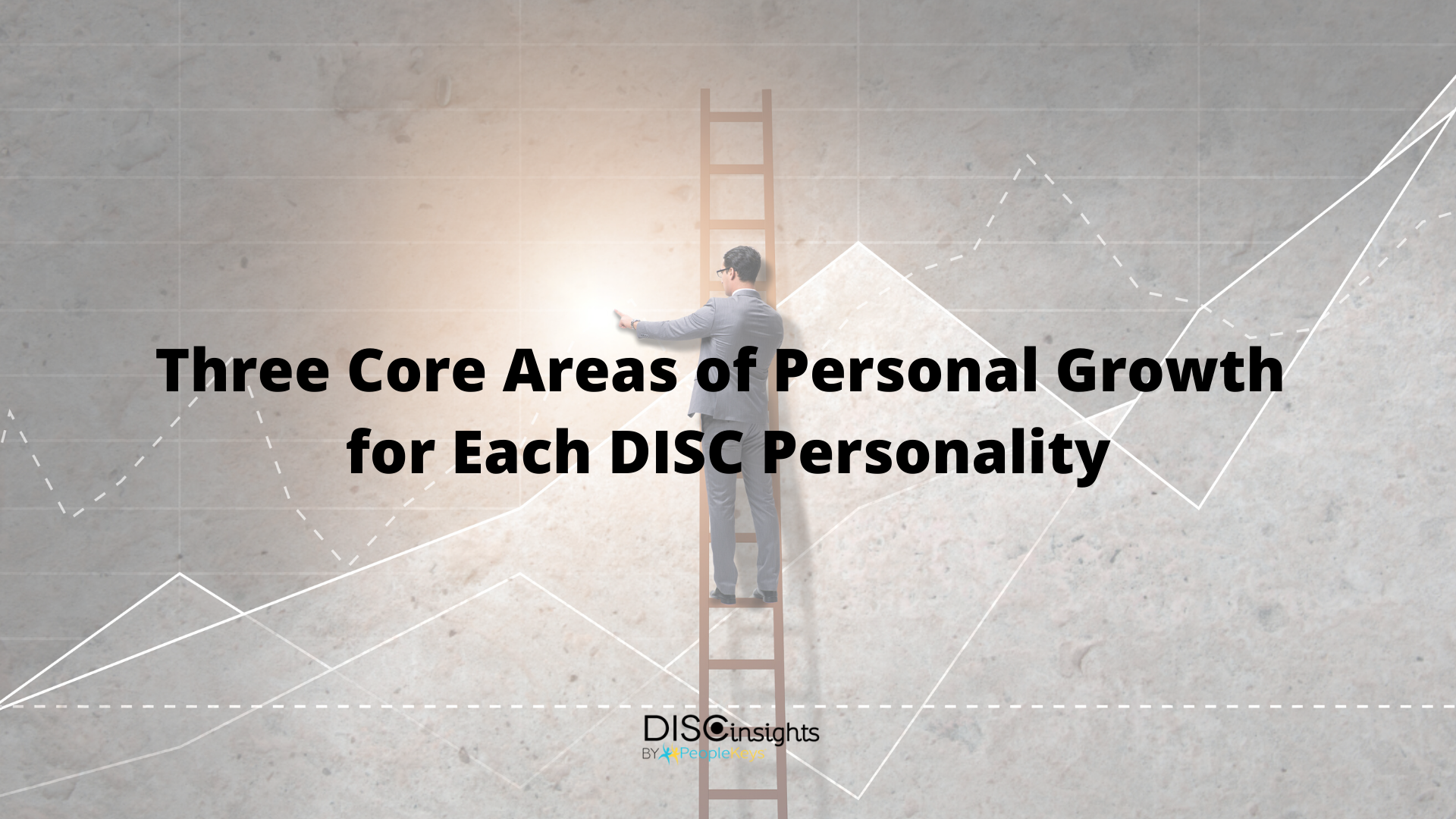- SHOP BY PRODUCT
- DISC TRAINING & CERTIFICATION TOOLS
- DISC RESOURCES
- BLOG
- SHOP BY PRODUCT
- DISC TRAINING & CERTIFICATION TOOLS
- DISC RESOURCES
- BLOG
- ALL ITEMS



According to the 2020 American Psychological Association report on Stress in America, respondents indicated people are stressed out to a higher degree than ever recorded over nearly the past decade. Families, especially those with children, are continually dealing with COVID-19 impacts on socioeconomic factors such as employment, education, and income, with no foreseeable end in sight. People are overwhelmed, resistant to (more) change, and fearful of the unknown resulting in a lack of focus on personal growth that could otherwise help build resiliency and strength during times of crisis.
The challenge for life coaches today will be to understand the degree to which clients are stressed and learning how to encourage and assist clients with navigating through identified areas for improvement while balancing many different stressors. It will be of the utmost importance to simplify coaching approaches. Hence, clients are able to easily adapt to meet their immediate needs and implement changes supporting their specific short or long-term goals.
The Managing Stress online course by PeopleKeys provides coaches and clients with a simple, yet effective understanding of their natural stress responses based on their personality style. It offers insights into signs and signals one is experiencing stress, and breaks down strategies proven to reduce or mitigate unhealthy behaviors driven by physical, mental, and emotional responses. These unhealthy behaviors could be hidden roadblocks to personal growth!
In addition to Managing Stress, the following are three core areas of growth and recommendations for each personality style to consider as foundational building blocks to establishing and maintaining a growth mindset in the face of a world full of endless stressors:
Active DISC personality styles such as the “D” and “I” are naturally more accustomed to the self-motivation required to participate in activities that often double as self-care activities. Passive styles such as the “S” and “C” may enjoy activates requiring less physical rigor and emotional exertion. Regardless of the specific behavioral style, consider exploring ideas to change up mundane routines and try new things to broaden options and experiences. While physical activity inherently results in greater health benefits, studies have shown a balance of physical with mental and emotional well-being, such as meditation or other mindful activities, spiritual support, and even psychological support, leads to a healthier, well-adjusted lifestyle. Consider the Behavioral Attitude Index to help identify areas fueled by your internal motivation and passion. This can also help identify activities to get involved in that afford you a physical or emotional outlet serving you in a healthy way.
People-oriented personality styles such as the “I” and “S” are more accustomed to actively seeking social support in times of crisis, while task-oriented styles, “D” and “C,” are less likely to overtly ask for help when needed. During times of elevated stress, behaviors are likely to shift based on raw feelings or emotions experienced, and that’s a good thing! People need many different outlets to process through life events, and social outlets are just as important as other physical or mental outlets. Maybe a walk with a friend can help diffuse anger after talking out a difficult situation, or a dinner with family can restore feelings of belongingness and acceptance after times of extended isolation. Growth happens when people can step outside of their comfort zones and address specific needs related to human interaction. The DISC personality assessment is designed to help identify your natural relational tendencies and communication strengths, which will highlight the types of social support most beneficial to you during times of increased stress.
Gaining new knowledge is a growth area all will benefit from regardless of their personality style. However, if the goal is to increase behavioral and emotional agility to withstand life’s stressors, we must intentionally focus our learning to include both task-oriented (“D” and “C” styles) and people-oriented (“I” and “S” styles) subject matter. In the workplace, leading people and managing projects will require skill sets that crossover multiple personality style strengths. Thus, we must work on improving our knowledge and skill in areas that may once have been viewed as a weakness such as: time-management, attention to detail, communication, organizational skills, planning, conflict management or empathy. Remember, while it is vital to operate in our strengths, we can still benefit from exercising our areas for improvement by participating in learning opportunities to strengthen who we are as a whole person. The Four Dimensions of Personality (4D) Report is an excellent start to learning more about yourself and others, as a leader, teammate, family member, or friend.

© PeopleKeys. All Rights Reserved
WORKING DAYS/HOURS
Mon - Fri / 8:30AM - 5:00PM EST
